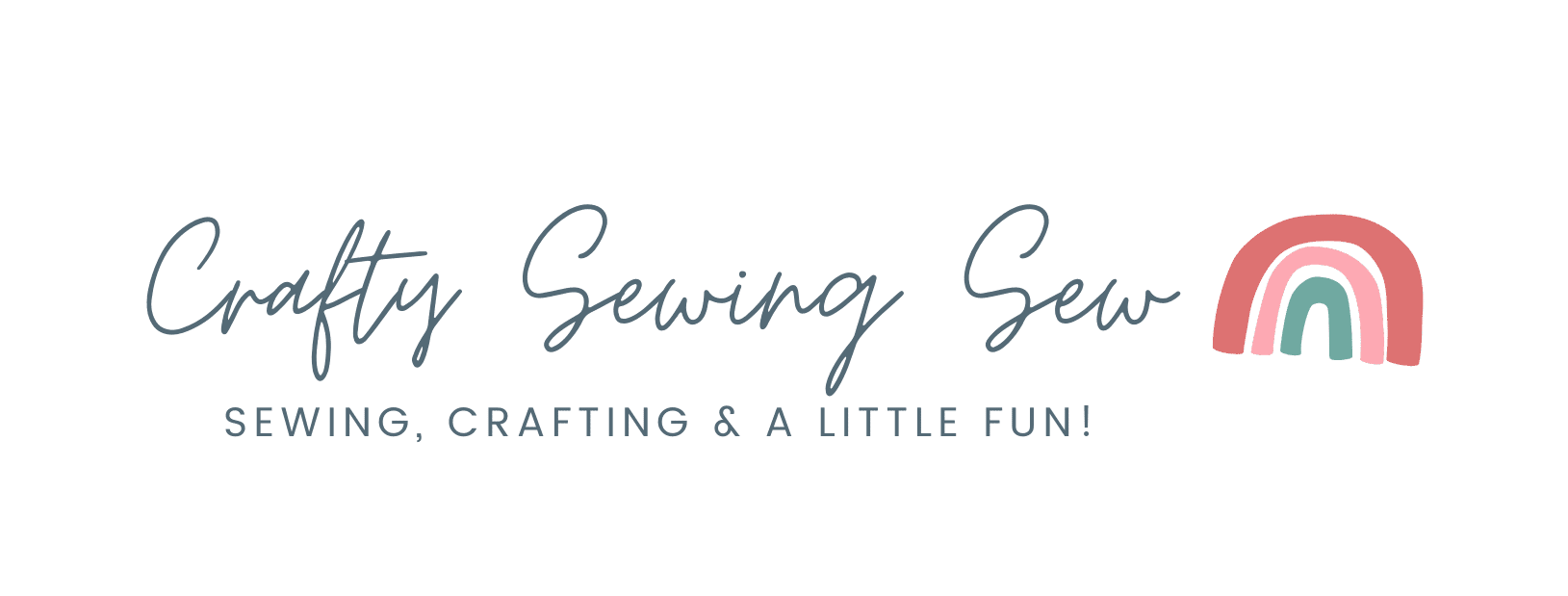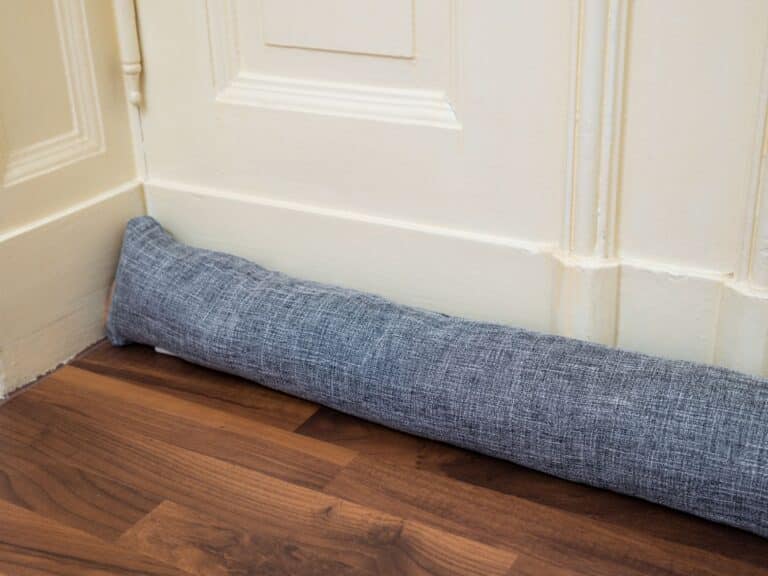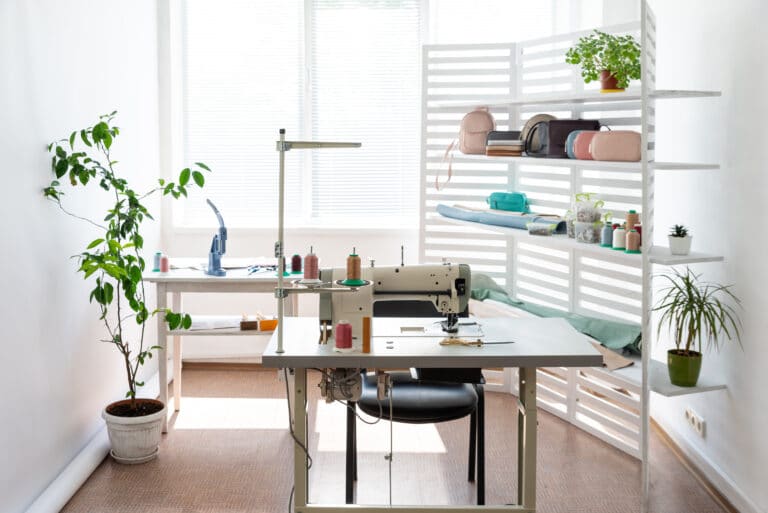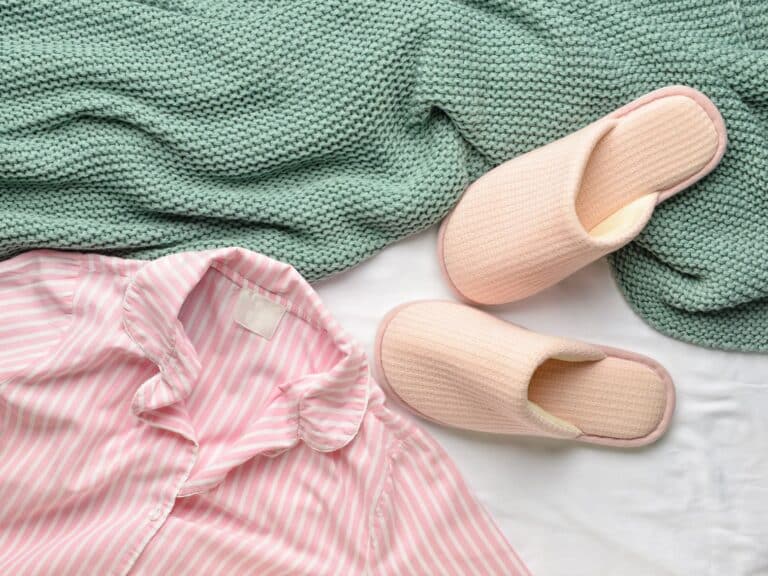Three-Thread Overlock Vs. Four-Thread Overlock – What Is The Difference
Some of the links below are affiliate links. As an Amazon Associate I earn from qualifying purchases. This means that, at zero cost to you, I will earn an affiliate commission if you click through the link and finalize a purchase.
The three-thread overlock is most suitable for overcasting seams and finishing raw edges of woven fabrics because it has one needle and two loopers threads. However, if you’re looking for stronger and sturdier seams, the four-thread overlock may be a better option as it has two needles and two loopers threads.
Overlockers are one of the harder machines to get used to using as they come with multiple threads, a sharp cutter and can often be something sewers are scared of using. The overlockers are also hard to understand the differences, what each one is for and which one you need.
Both three-thread and four-thread overlockers are the most common and most sought-after overlocks. They are similar in their uses; however, they have certain characteristics that distinguish them. Here is a guide on the three-thread overlock versus the four-thread overlock.
What Is A Three-Thread Overlock?
A three-thread overlock is a type of stitch created with one needle thread and two loopers thread. This type of stitch is mostly employed while sewing knitted fabrics. With this stitch, you can also sew woven fabrics, just not stress areas like the crotch of pants or sleeves of shirts.
The stitch can be narrow or wide depending on the side of the needle used during sewing. Since only one needle thread is used in a three-thread overlock, you can use any needle side of the overlocking machine.
Like every overlocking process or machine that exists today, the three-thread overlock came into existence in 1889 when Joseph Merrow developed the overlock machine. The 19th and 20th centuries marked the era of full development of the three-thread overlock.
The three-thread overlock is a worldwide product especially popular in the United States, Europe, and Australia. It is mostly manufactured in the United States and Asia, including China, Japan, and India, and shipped to most parts of the world. It is one of the most common overlock stitches used. The three-thread overlock stitch is best for knitted and woven fabrics that will not be subjected to much wear and tear.
You can use a Three-thread overlock for finishing or creating decorative stitches. You can also use it for patchwork piecing, blind stitching, piping, and attaching lace, trims, or beads to fabrics.
What Are the Advantages of Using a Three-Thread Overlock?
Three-Thread Overlock Is Very Flexible and Durable
When compared to the two-thread overlock stitch, the three-thread overlock stitch is very flexible and durable. The stitching can go through several fabrics, especially those that would not undergo severe wear and tear.
The three-thread overlock is also more flexible than the four-thread overlock because it uses one needle, making the seams less bulky.
Three-Thread Overlock Is Readily Available
I love working with the three-thread overlock as it’s readily available. I can purchase it from several local craft stores or get it delivered the next day from a range of major retailers.
This is ideal if you’re working on a last-minute project or want to complete a personal project quickly.
What Are the Disadvantages of Using Three-Thread Overlock?
Three-Thread Overlock Is Hard to Work With
Using a three-thread overlock on heavy-weight fabrics can be hard to operate as the edges may not wrap nicely. So, you may find it hard to work with on canvas, corduroy, and denim.
Using a three-thread overlock may lead to overlapping areas that need more strength in the needle when sewing.
Three-Thread Overlock Is Not Suitable for All Fabrics
While the three-thread overlock is flexible and durable; however, it isn’t always suitable for heavy-weight fabrics.
These fabrics require strength in the needle to pass through them, and the three-thread overlock lacks a second needle thread that would have provided stability during sewing.
What Is A Four-Thread Overlock?
A four-thread overlock is a type of stitch created with two-needle threads and two loopers threads. It is known as the strongest construction stitch as it makes seams for knitted and woven fabrics of most kinds.
It is especially suitable for medium-weight and heavy-weight materials. The four-thread overlock creates a wider stitch due to the two needles threads stitching. The needle stitching provides studier and bulkier seams.
The four-thread overlock is a worldwide product especially popular in the United States, Europe, and Australia. It is mostly manufactured in the United States and Asia, including China, Japan, and India, and shipped to most parts of the world.
Like every overlocking process or machine that exists today, the four-thread overlock came into existence in 1889 when Joseph Merrow developed the overlock machine. The 19th and 20th centuries marked the era of full development of the four-thread overlock.
The four-thread overlock is the most commonly used overlock stitch. It is used for installing elastic and inserting zippers in garments. It aids gathering when sewing fabrics and is best used for sewing stress areas in materials like the crotch of pants or sleeves of shirts.
What Are the Advantages of Using Four-Thread Overlock?
Four-Thread Overlock Is Very Strong and Durable
The four-thread overlock provides strength to the fabric sewn because it uses two needles. The second needle thread helps wrap the edges nicely by strengthening the looper threads.
It is also very durable since the seams are bulkier and can withstand wear and tear.
Four-Thread Overlock Is Readily Available
I love working with the four-thread overlock as it’s readily available. I can purchase it from several local craft stores or get it delivered the next day from a range of major retailers.
This is ideal if you’re working on a last-minute project or want to complete a personal project quickly.
What Are the Disadvantages of Using Four-Thread Overlock?
Four-Thread Overlock Is Hard to Work With
Using a four-thread overlock on lightweight and medium-weight fabrics that require more flexibility may be difficult. So, you may find it hard to work with Chiffon and Georgette.
Using a four-thread overlock may also provide bulkier seams on knitted fabrics, which you may not like.
Four-Thread Overlock Is Not Suitable for All Fabrics
While a four-thread overlock is used for most fabrics, it is not suitable for all clothing materials. It is especially not ideal for lightweight fabrics like chiffon and georgette, even though it is affordable and easily accessible.
These fabrics require a more flexible stitch and less bulky seams, which means a four-thread overlock would be unsuitable.
What are the Main Differences Between Three-Thread Overlock and Four-Thread Overlock?
While you can use both on various fabrics, they have differences that distinguish one from the other. The three-thread overlock is suitable for lightweight and medium weight fabrics, while the four-thread overlock, on the other hand, is suitable for medium weight and heavy-weight materials.
The three-thread overlock is the best choice when creating less bulky seams for knitted or woven fabrics. With the four-thread overlock, you can stitch heavy-weight fabrics or fabrics that would not mind the bulkier seams or hems.



